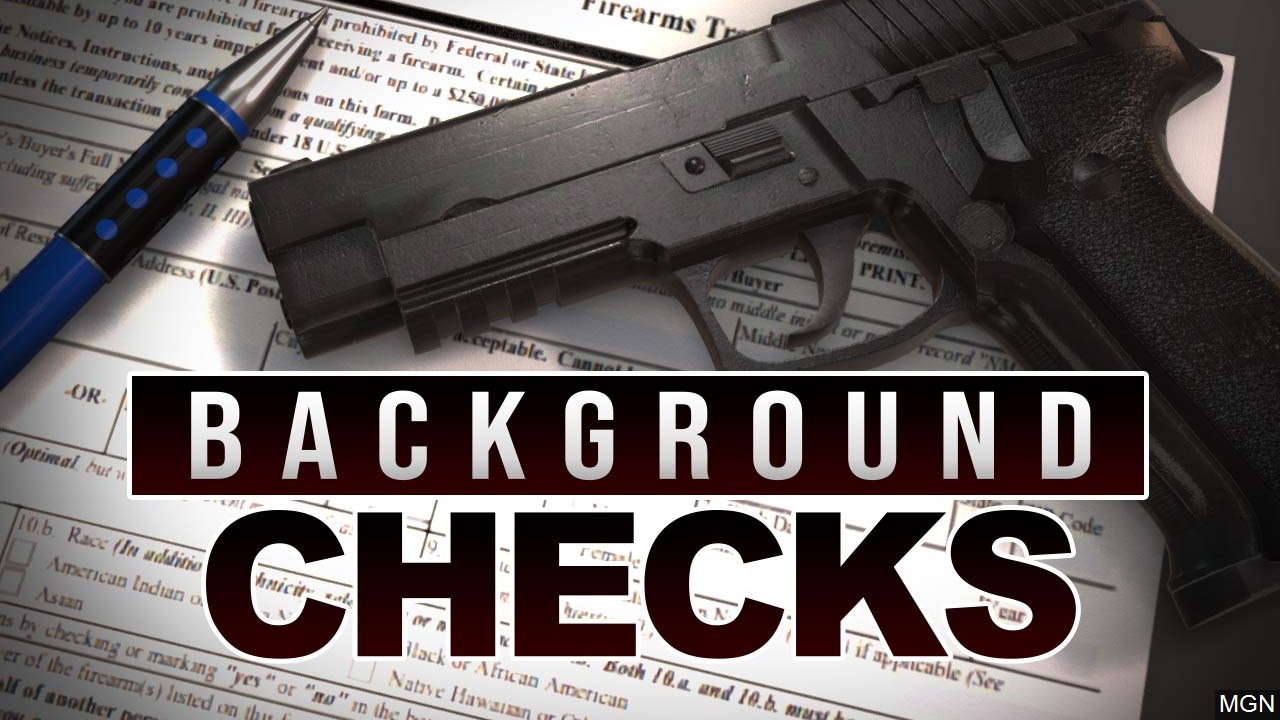
Everytown Survivor Network provides a peer connection program to help survivors connect with others. Local and national survivors can attend events, and get information about trauma-informed programs. Participants can also share their stories, and take part in the Everytown Survivor Network Fellowship. In this article, we will look at some of the most important aspects of the network. We will also include some resources for survivors.
Survivor network in Everytown
The Everytown Survivor Network is a nationwide community of survivors that connects with others and amplifies their voices to prevent gun violence. This group provides trauma-informed programs and information about direct services. It also supports survivors in becoming advocates. All people affected by gun violence are welcome to join, whether they are victims of gun homicides or their loved ones. It can also be used as a resource by politicians and policymakers.

There are resources available for victims of gun violence
Gun violence survivors often lack the financial resources necessary to handle the aftermath of a shooting. There are many obstacles to accessing victim compensation funds. Everytown has released the Hurdles to Healing, which contains recommendations for federal and state policymakers to overcome these difficulties. American Rescue Plan Act dollars for survivors also provide support for services that aid victims recovering from gun violence.
Reconnecting survivors
Everytown's survivor network is designed to help gun violence survivors share their stories, offer support and find a way for them to move forward. The organization has a large budget and has seen positive results at state level. The organization's survivor networks have helped victims of mass shooters connect with other survivors, and work towards one goal: ending gun violence.
Study on young children's suicidal thoughts
The Everytown survivor network study on suizidal thoughts in young children published in 2011 highlights an alarming trend. Children are experiencing more suicidal thoughts than ever before, and experts have called for increased research into the cause of suicide, as well as the role of gun sales in the problem. These findings provide a solid framework for dealing with the problem of youths' suicidal thoughts.

There are many ways to get involved
One of the most powerful and effective ways to make a difference in the gun violence prevention movement is by getting involved with the Everytown Survivor Network. This is a grassroots national movement that is made up survivors and their families. Members of the network work on advocacy and educational efforts to end gun violence. There are many opportunities to get involved.
FAQ
What are the many benefits of hunting?
Hunting is a tradition that many cultures have followed for centuries. It was used to hunt for food, shelter, clothes, medicines, and other purposes. People hunt today for sport and recreation, as well as for food and entertainment. Hunted animals' meat is often consumed right after being killed. The skin, fur and feathers of the animal are then eaten, along with any other parts such as their antlers, horns or teeth.
Hunting is not just a way to eat; it's a way to live.
People who hunt have strong family ties and friendships because they spend time together. They share stories and fond memories around campfires and at meals.
The outdoors and wildlife are what hunters love, which makes them more aware of the beauty of life.
When they look after game animals, they are taught responsibility and respect.
Conservation helps hunters be better citizens. They protect habitats as well as species. They understand how much land and water we need to survive.
Hunters are part a larger community. Their families depend upon them. They support each other. They support local businesses.
Hunters are known for their generosity. Many donate money to organizations that help children, elderly people, veterans, and other groups.
Hunters can also donate their time to help people in need. They could volunteer with the Red Cross, Humane Society or Humane Society.
I don't know where to get a gun. Is it really necessary?
Hunting certain species requires a gun.
Many states require hunters have a firearm. The type you choose depends on the game you are hunting and the state where you live.
You can buy a rifle, shotgun, handgun, muzzle loader, crossbow, or archery weapon at any sporting goods store.
Choose a weapon that best suits your needs. If you plan to hunt small game, such as squirrels or rabbits, you might consider buying a pistol of.22 caliber.
A larger caliber weapon might be a good option if you intend to hunt large animals like bears, elk, or deer.
It is important to feel at ease with a firearm before you buy it. Guns can be very dangerous. It is a dangerous tool.
Check that the gun has been properly inspected before you purchase it. Ask the seller to show how to load and unload the weapon.
Make sure to check the warranty. Ask the dealer for a warranty if there is none.
Ask the dealer for a copy if their safety instructions. These documents should contain information about safe storage as well as maintenance.
Check the serial number. If the serial number begins with "NIB", or "New In Box", then the gun is brand new.
If the serial number begins by an odd number, it means that the gun has previously been owned.
If you are unsure whether the gun has been used, contact the manufacturer directly. They should be able tell you more about the gun's past.
What is the most popular hunting spot in the US?
The Midwest is the best place to hunt, as people live off the land.
Because many Northeastern people were raised hunting, hunting is very popular.
Hunters from all over the country come to these states for the big game animals.
Hunting is less common in some regions of the country than it is elsewhere, making them less likely support hunters.
Can I hunt without a license?
Yes, it is possible to hunt without a licence. This is a violation of the law.
Fines and jail time could be possible.
Some states permit residents to hunt without a license. You can hunt in some states without a permit if you check with your state department for natural resources.
What type of training does it take to become an experienced hunter? What's the time commitment?
A basic course is required to learn how hunt. This course teaches you about different types of game and gives you information about the laws surrounding hunting.
You will learn how to properly handle firearms and ammunition. These items can also be used safely.
This course may last from two to three months. Some courses can also be done online. Other courses are available in person.
A written test is required to qualify for a license. You may also need to show that you have completed a hunter education course.
How much does it cost for me to become licensed? What if I don’t make enough money?
The cost of licensing varies by state. It can cost anywhere from $20 to $100.
You may be able apply for a loan or grant if money is tight.
A tag must be purchased in addition to the hunting fee. Prices for tags vary depending on what type of game you hunt.
You can get tags for deer and elk, bear, bison, moose, waterfowls, upland birds, and furbearers such as foxes.
You may need to register with the Department of Natural Resources in some states before you can get a license.
Check local regulations before you go hunting.
Statistics
- In less than 20 years, Rhode Island saw a 40% drop in the number of hunting licenses for residents, according to The Valley Breeze. (stacker.com)
- - Percent of residents with paid hunting licenses: 0.7%- (stacker.com)
- - Percent of residents with paid hunting licenses: 0.7%- (stacker.com)
- Licenses dropped from a peak of roughly 17 million in the 1980s to 15 million in 2019, according to The Seattle Times. (stacker.com)
External Links
How To
How to choose the most desirable hunting spots in the forest
The first thing we should do when looking for good places to hunt is to know what kind of game we want to hunt. There are many types of wildlife and birds that live within forests. If you don't know what kind of animal you want to hunt, there won't be any places where they can be caught.
There are two main kinds of animals that can be found in the forest: large mammals, and small mammals. Large mammals include deer and elk as well as moose, caribou bear, wolf, and wild hare. The smallest animals are rabbits (squirts), squirrels, hares and partridges. Each species requires its own specific habitat, so you must choose the right location before going out into the woods. You can check your local area's flora and fauna list online to see whether there are any endangered species living near your home. If you're planning to hunt a certain species, make sure that the area you plan to go to is safe from poaching.
It is important to understand how to set up equipment for hunting a particular species. It's important to use the correct equipment because it affects the success rate. A rifle that can fire accurately at close range is ideal for hunting rabbits. A rifle that can fire long distances will be necessary for hunting larger animals such as deer. To attract prey, you will need some kind of bait. Some recommend placing meat in a trap to lure an animal. Others prefer peanut butter or corn. Whatever your choice, make sure to follow all rules and regulations in the country where hunting is taking place.
There are many factors to consider when hunting. These include the terrain, vegetation, wildlife populations, and accessibility. When selecting a place to hunt, always remember that the most important factor is safety. Choose a location that is safe from predators and dangerous wildlife. Avoid areas with too many people, especially during hunting seasons. Also, it is important to keep track of the seasons while hunting. This will help you figure out the best times for you to hunt.
The weather is also important when you are choosing a hunting spot. This is crucial because it influences the number animals that will be available. When temperatures drop below zero Celsius, snow covers the ground. The thick snow layer makes it difficult for coyotes, bears, wolves, deer and other animals to be seen. If you have a clear day, however, you may be able to spot these animals. On the other hand, in summer, the temperatures rise above 30 degrees Celsius, and the sun warms the earth. Animals seek shelter in the heat and move away from it to make it easier to locate.
Be aware of the terrain. A flat surface makes it easy to walk and run through the area, but uneven surfaces require extra effort. Steep slopes require more effort and can sometimes lead to muddy trails. It is important to choose a spot that has no obstacles so you can move around the area.
In addition to the terrain, you should also look at the vegetation. Plants vary in size, density and depend on their environment. Large trees provide shade for small animals while shrubs, bushes and bushes offer cover and shade. Dense vegetation will help you find large animals.
You should also be aware of the wildlife. Statistics show that there are over 100 million deer in North America. They eat almost half of the food produced by crops, and they play an essential role in maintaining biodiversity. However, too many people could endanger the ecosystem by becoming pests. Therefore, it's important to keep the population balanced.